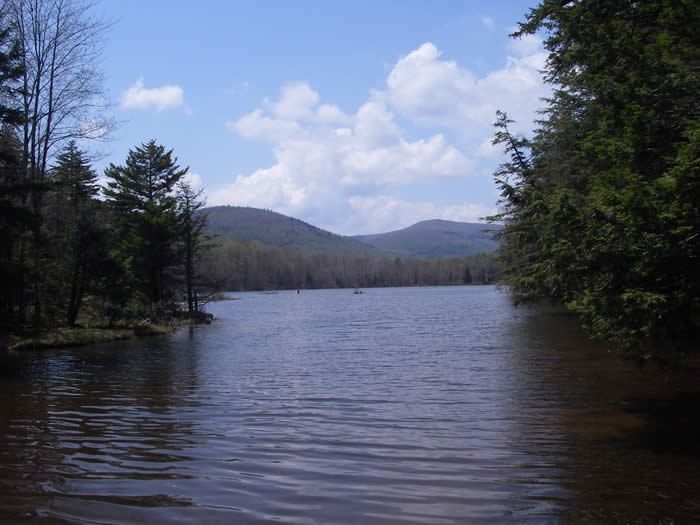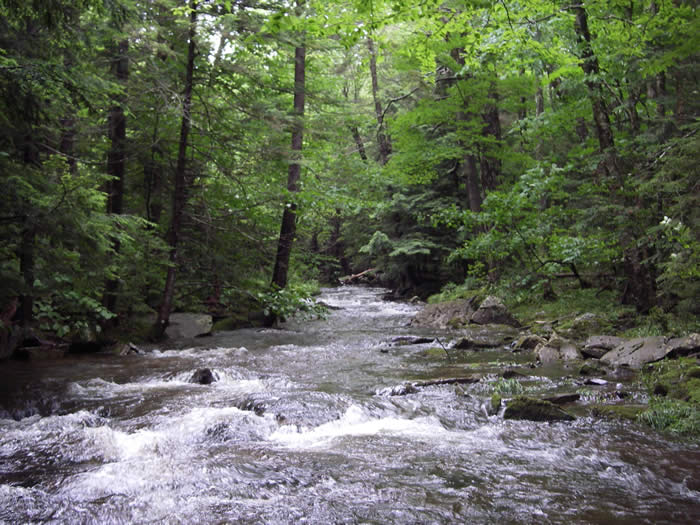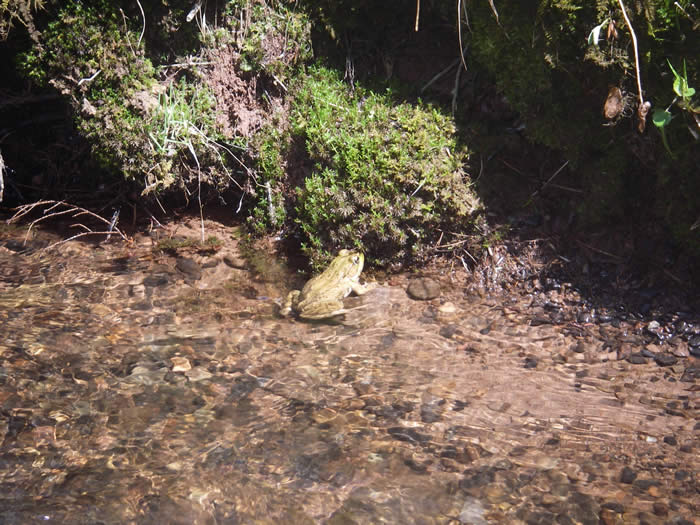East Kill Management Plan
The East Kill Management Plan was designed as a comprehensive review of stream characteristics, data, maps and presents recommended management strategies. The management strategies consist of measures that can be taken individually and collectively to reduce the flood risks associated with living in the East Kill Watershed, improve the ecology of the stream and floodplain, while protecting the stream’s many resource values. Ultimately, the plan is meant to assist watershed municipalities and residents in planning for a sustainable future for their property, infrastructure, water and biological resources. Ensuring the health of the watershed’s environmental resources will also help to secure a future of prosperous economic growth and a good quality of life for watershed residents.
Section 1
Table of Contents, Preface and Acknowledgements
Introduction & Goals
Section 2 - Schoharie Creek Natural and Institutional Resources (Complete Section (2.8 MB))
This section provides watershed background information and characteristics which influence the East Kill. A chapter on living streamside and stream related activities may be of particular interest to landowners, answering commonly asked questions, including necessary permits and agency contacts, relating to activities which may impact stream health or stability.

2.1 Regional Setting
2.2 Watershed History
2.3 Physical Geography
2.4 Hydrology and Flood History
2.5 Watershed Geology
2.6 Wetlands & Floodplains
2.7 Riparian Vegetation
2.8 Landuse/Landcover
2.9 Fisheries & Wildlife
2.10 Recreational Opportunities

2.11 Stakeholders
2.12 Agency Contacts and Program Resources
2.13 Permit Requirements
Section 3 - Watershed Inventory and Assessment (Complete Section (2.8 MB))
This section includes a summary of water quality assessments that have been undertaken over the years in the Schoharie Basin, an introduction to the science of stream processes, and a description of the watershed assessment protocol used to develop this stream management plan.
3.1 Water Quality Assessment
3.2 Introduction to Stream Processes
3.3 Watershed Inventory & Assessment
Section 4 - Management Unit Descriptions
This section offers detailed descriptions and specific recommendations for approximately 16 miles East Kill, from the headwaters upstream from Colgate Lake in Jewett downstream to its confluence with the Schoharie Creek near the County Route 17/23A intersection. This section provides a useful reference for the extent of current problems at a localized stream reach scale, with specific recommendations for action and references to other sections of the plan where further information or resources can be found. The Creek’s main stem has been organized into eleven Management Units (MUs). Each MU summary outlines, historic conditions and disturbances, present stream conditions (its bed and banks), general streamside (riparian) vegetation condition, flood threats, aquatic habitat, and water quality. Summary tables at the beginning of each unit provide a condensed version of each expanded description, and companion maps show the location of specific features described in the text.

Introduction
Management Unit Map
Management Unit 1 (1.0 MB)
Management Unit 2 (1.3 MB)
Management Unit 3 (1.0 MB)
Management Unit 4 (2.5 MB)
Management Unit 5 (2.2 MB)
Management Unit 6 (1.7 MB)
Management Unit 7 (2.3 MB)
Management Unit 8 (2.2 MB)
Management Unit 9 (1.9 MB)
Management Unit 10 (2.1 MB)
Management Unit 11 (1.8 MB)
Section 5 - Demonstration Projects
Proposed Projects and Goals, 2006 (note - this was done as part of the Schoharie SMP process)
Project Reporting from Completion of Proposals, 2007-2009
Lexington Culvert Replacement: Design and Implementation Report
Riparian Planting Pilot: Site Selection Guidelines
Riparian Planting Pilot: Carr Road Design and Implementation Report (Coming Soon)
Riparian Planting Pilot: Carr Road Guide to Vegetation Management
Schoharie Avenue Bank Stabilization Design and Implementation Report
Section 6 - General Recommendations
This section sets forth an extensive list of recommendations related to education and outreach, flood protection, water quality, public enjoyment, fisheries, riparian zone management, stream management, and programmatic issues, providing a frame work for watershed stakeholders to develop a long term management strategy to protect and improve the East Kill.
General Recommendations
Appendices
Appendix A Native Vegetation
Appendix B Vegetation Mapping Protocol
Appendix C Complete Biodiversity Table
Appendix D Shandaken SPDES Permit
Appendix E Farber Farm Stream Restoration Project Report (4.0 MB)
Appendix F. Stream Management Data Dictionary Guide
Glossary
East Kill Management Plan Project Team
Greene County Soil & Water Conservation District 907 County Office Building, Cairo NY 12514 Phone (518) 622-3620 Fax (518) 622-0344
Abbe Martin, Project Manager
abbe@gcswcd.com |
NYCDEP Stream Management Program
71 Smith Ave, Kingston NY 124021
Phone (845) 340-7850 Fax (845) 338-1367
David Burns, Project Manager
dburns@dep.nyc.gov |
|

